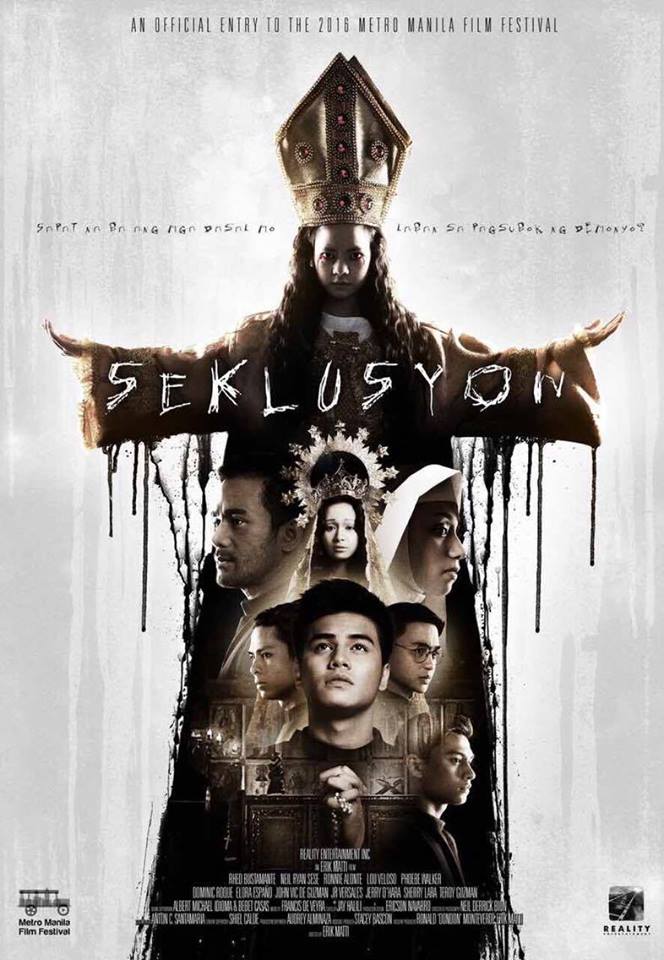
FILIPINOS ARE acquainted to evil and the supernatural from parables written in the Bible. It contains certain ethical standards that withstood the test of time, serving as a source of the nation’s belief systems. However, violence from an evil beyond the material plane is sometimes enough to shift the conviction of a faithful believer. It exudes even greater horror if evil is revealed to take a human form who resides with the living.
Set in 1940s during the post-World War II era, Miguel (Ronnie Alonte) is introduced inside a church. He confesses his sins in preparation for his final test of faith before he is ordained as a priest. He travels to an isolated monastery to live with three other deacons to devote their time purely on fasting and deep prayer. In the span of seven days, all deacons encounter demons from their past, waking them in the middle of the night to haunt them and remind them of their sins.
The line-up of fresh actors displays commendable performances. As they take parts into each character’s life, the actors blurred the lines between themselves and the characters they portray. The lukewarm acting of Phoebe Walker, playing the role of Sister Cecilia, strangely adds to the grimness of the film. Much so is the musical score that is absorbing and arresting, which skillfully adjusts to the tension of each jump-scare scene.
A subplot follows along the overarching narrative when a priest named Father Ricardo (Neil Ryan Sese) investigates the authenticity of Anghela (Rhed Bustamante), a faith healer famous for performing miracles on incurable patients. Anghela, accompanied by Sister Cecilia, disturbs the sanctuary of the deacons by viciously confronting their sins that cause them to steer in a different direction.
The film is shot almost entirely indoors, which contributes to the feeling of confinement. The remoteness of the setting adds thickness to the plot line; it brings the audience to a world restricted and then made to understand immediately those who live in it. The close, intimate camerawork that often sits between characters, blended with the yellow-tinged cinematography, commits to the chilling realistic horror of the film.
Director Erik Matti—awarded as this year’s Metro Manila Film Festival best director—masterfully illustrates the fallibility of one’s faith, how the meek is easily manipulated by false prophets. The film insists its way as close to the truth as possible, in effect making horror seem more than what it deserves to be. So much more can be said about how it succeeds in depicting humanity as it is. In its controversial ending, the film reflects a larger picture of the powerless mankind—even with resistance—to any greater evil. It paints a social allegory about how overpowering evil with goodness in the end does not assure triumph. F ANDREA JAMAICA H. JACINTO



